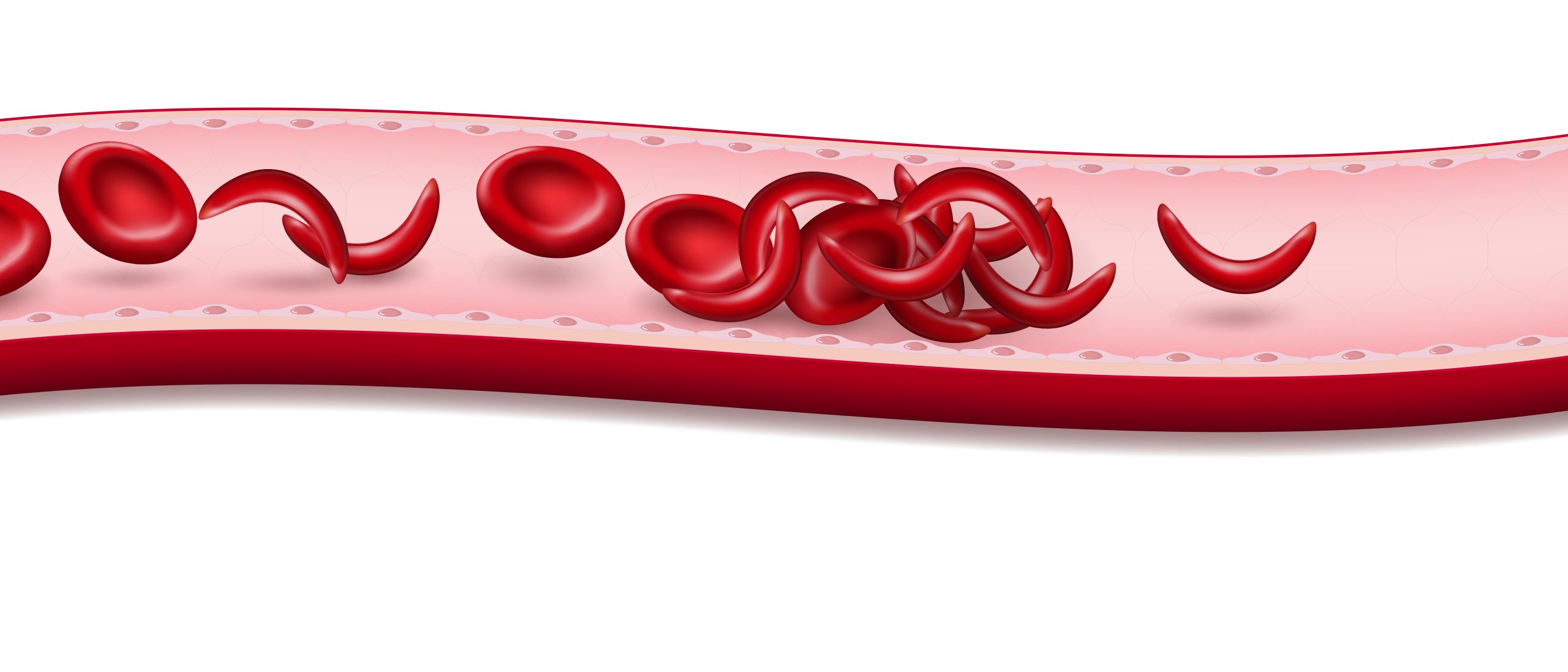According to the American Diabetes Association, approximately 37.3 million Americans have diabetes and 1.4 million Americans are diagnosed every year. But if you’ve not had experience with this disease, either personally or through a friend or family member, you may not be aware of its physical effects, or the unique distinctions between type 1 and type 2.
“The difference between type 1 and type 2 diabetes can be confusing,” says Shannon Bailey MS, RDN/LD, CDCES, the manager of Ascension St. John Healthy Lifestyles in Bartlesville. “Type 1 diabetes, in the past called ‘juvenile onset’ diabetes, is an autoimmune disease that usually develops when a person is young. However, we now know that type 1 diabetes can be diagnosed at any age.”
She says type 1 diabetes occurs when a person’s immune system attacks and kills the beta cells in the pancreas.
“Unable to produce adequate insulin, people living with type 1 diabetes require insulin to maintain blood sugar control,” she says. “The incidence of type 1 diabetes is on the rise, and there are many ongoing studies to understand why, but having type 1 is less common than type 2 diabetes.”
Formerly known as ‘adult onset’ diabetes, type 2 diabetes typically develops later in life, but it can begin at any age as well, says Bailey.
“Type 2 diabetes is caused by insulin resistance, which means the insulin produced by their bodies is not able to lower blood glucose levels efficiently,” she says. “Overtime, many living with type 2 diabetes also require insulin, as insulin production slows. People at highest risk of developing type 2 diabetes are those who are overweight, not very physically active, have a family history of type 2 diabetes, or history of gestational diabetes during a pregnancy.”
Individuals who are Native American, Hispanic, Asian and African American also have a higher risk.
Managing Diabetes
At this time, there is no known cure for type 1 diabetes, but the disease is treated through lifestyle changes and insulin therapy.
“Type 2 diabetes develops years after insulin resistance begins,” says Bailey. “Most people will have prediabetes before they develop type 2 diabetes.”
She says type 2 diabetes can be managed with lifestyle changes, oral medications, injectable medications and insulin – and many new diabetes medications are changing the way the disease is treated.
“Losing 5-8% body weight through lifestyle changes – diet and physical activity – decreases the risk of developing diabetes by 58%,” says Bailey. “Bariatric surgery and medical weight loss programs are other ways to improve insulin resistance and reduce or eliminate diabetes medications for those with type 2 diabetes. Remission is possible for many with the disease.”
She adds that people living with diabetes do not have to deal with it alone.
“Ascension St. John, in Bartlesville and Tulsa, offers diabetes education and support programs to assist patients navigating the diabetes landscape,” she says. “Knowledge is power, and we are here to support your lifelong journey to improved health.”
























